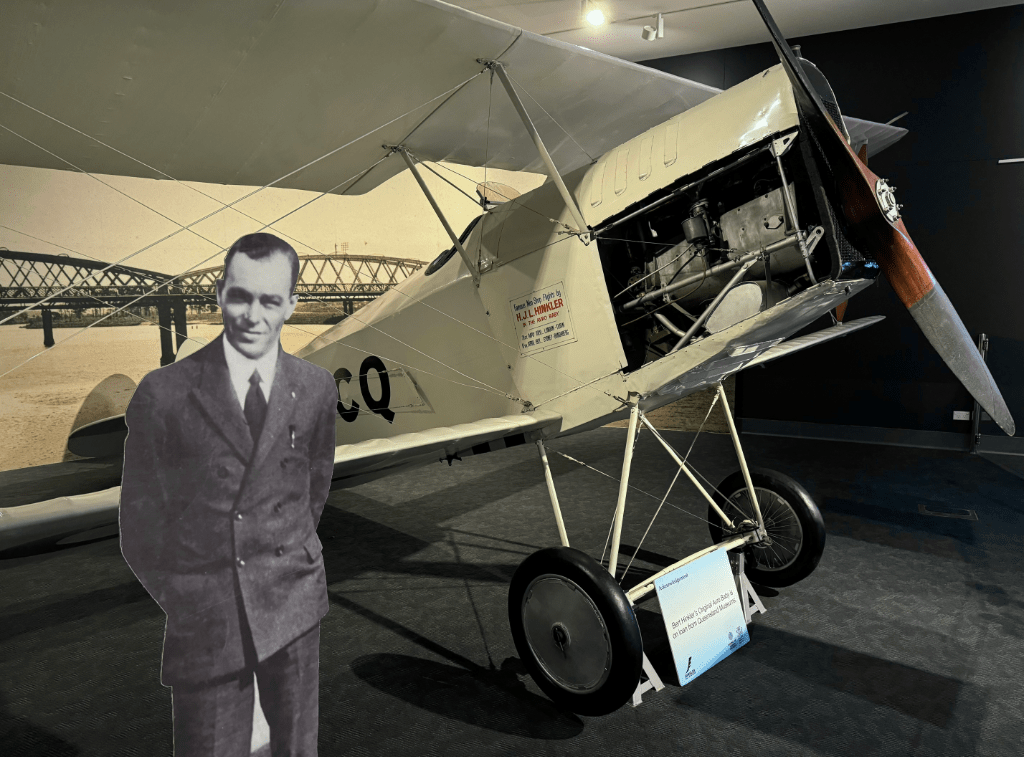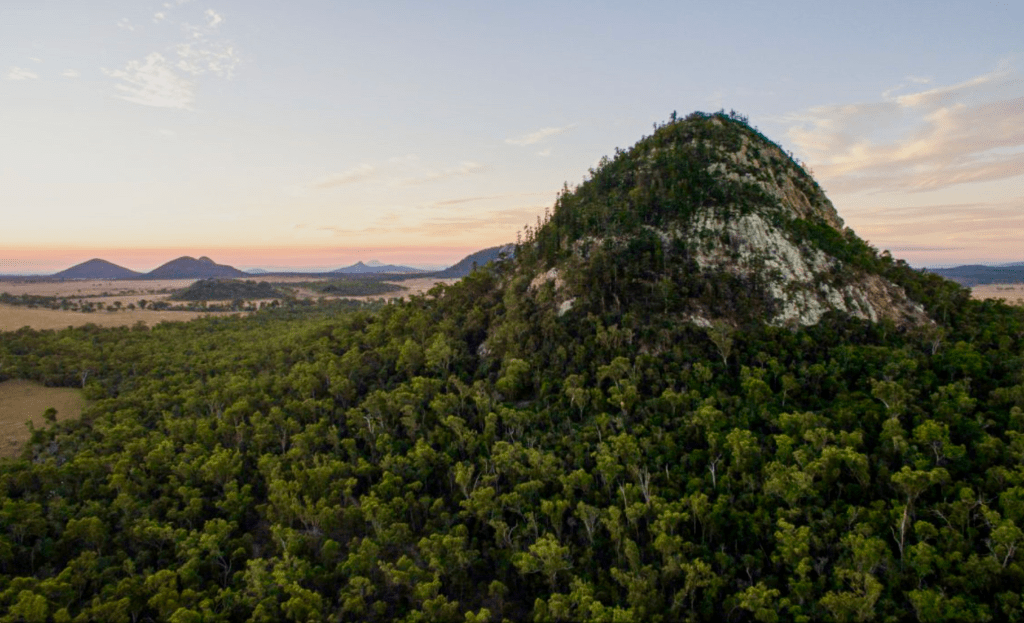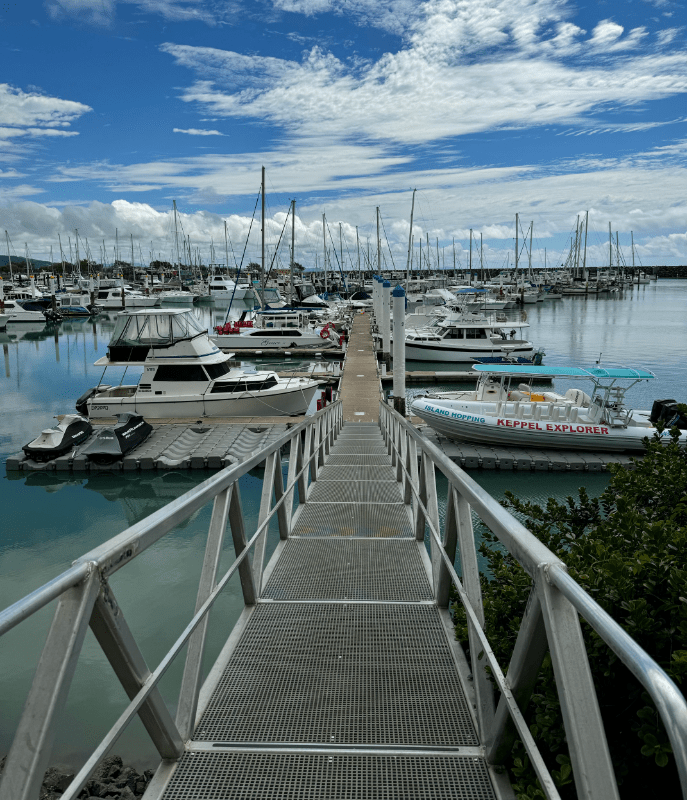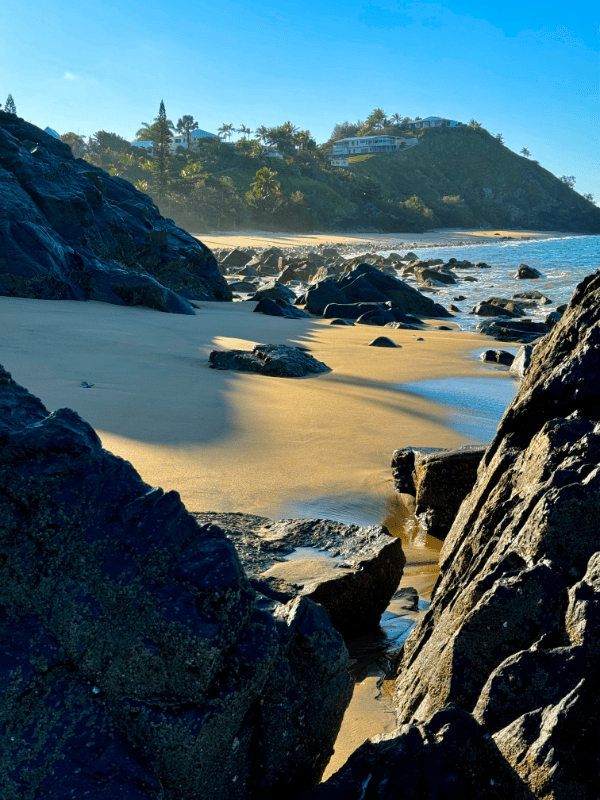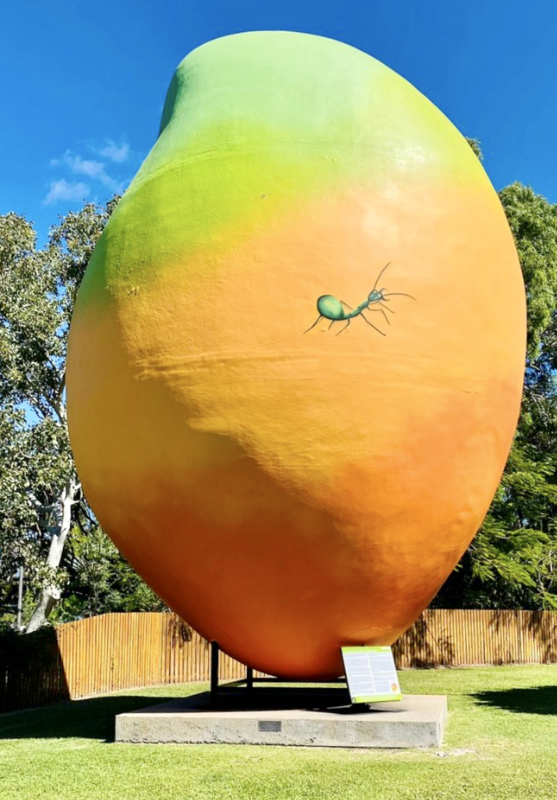It’s been a while since we hit the road with our caravan. So, following an amazing trip to Europe earlier this year, it was time to explore again, this time a little closer to home.
Just two hours drive north of us sits the expansive Hervey Bay, the annual stopover for the magnificent Humpback Whales after their long trip north from the Antarctic. Nestled between the Fraser Coast and the shelter of K’gari (Fraser Island) it provides the perfect resting place and training ground for newborn humpbacks as their mothers prepare them for long swim south to the colder waters of their feeding grounds. It’s also the ideal playground for the ‘teenagers’ to hang out as they learn new skills and develop relationships among the pods.
Whale Season
Living on the Sunshine Coast we regularly spot the humpbacks during the ‘Whale Season’ from July to October but for years we’ve been wanting to get a closer view. Having recently joined the local camera club now was the opportunity we had waited for with a group outing to the bay and an opportunity to get to know our fellow club members.
A quick visit to the Cistern Chapel
For those, like us, travelling north along Australia’s east coast, we would recommend taking a driving break in Maryborough just south of Hervey Bay. With its links to Mary Poppins it is worth an explore of some of its unusual and perhaps quirky experiences the town offers. I’ll just mention the public toilets in the Cistern Chapel as one such attraction. Trust me it’s worth a ‘visit’.
Fogged in
With the forecast weather looking grim for the weekend it appeared that conditions out in the bay weren’t going to be ideal but we were still likely to see the whales, though maybe not in the best light for a bunch of keen photographers. First light on Saturday morning confirmed the forecast. After days of blue skies we were now blanketed in a thick fog. Still, that wasn’t going to hold us back and by the time we arrived at the harbour the sun had burnt through the fog and things were looking up.
Finding a sheltered spot at the rear of the boat, we set-off only to be surrounded once more by fog. But it wasn’t long before we slowed and got our first sighting of a young whale ‘fin slapping’, though just too far off for a worthwhile photo. About 45-minutes later we arrived just off the northern tip of K’gari and with cameras at the ready, we waited. And then, as if pre-arranged, the fog lifted and the sun sparkled on the clear turquoise sea. This was looking much better. This was the weather we had hoped for.

A sudden announcement on the ships’ speaker and everyone rushed over to the starboard side as three young humpbacks headed towards us. Whether out of curiosity or just enjoying an interaction, humpbacks are drawn to boats of all kinds. Certainly they appeared interested in our boat and gently cruised around from one side to the other and often diving and popping up with just their mouth above water. One whale appeared to interact by blowing bubbles each time one of the crew waved her arm in a circular motion. Whether the whales just see something interesting to play with or they’re being deliberately interactive, I guess we’ll never know.

We were treated by fin slaps, tail slaps and an intriguing creation of dead water, where the whales create a perfectly calm circle of water among the ripples of the ocean. Somehow it remains that way as it drifts along the surface. It is believed the technique allows the whales to see clearly without the distortion of the surface waves. We even got eye contact as one of the humpbacks rolled its body beside the boat. But this was just the start as more pods arrived for an inquisitive look. Such close interaction with so many whales is referred to as ‘mobbing’ and typical of humpbacks in their teenage years. We were certainly mobbed!

Listen Up
Briefly the captain stopped the engines and generator so a hydrophone could be dropped into the water to listen to the whales communicating. It is a haunting but beautiful sound and clearly indicated there were many more whales around than we could see. So many in fact that the spotters along the east coast had already observed 30,000 whales this season.
By now we should have been heading back to port but the whales had other ideas and seemed intent on hanging around a little longer. It did give us more time, though, to try and get that classic pre-dive raised tail photograph. Eventually, though, we had to make a move and slowly eased our way clear to head back 30-minutes later than we should. What an adventure and one we’ll never forget!! And I got the tail shot I was really hoping for!
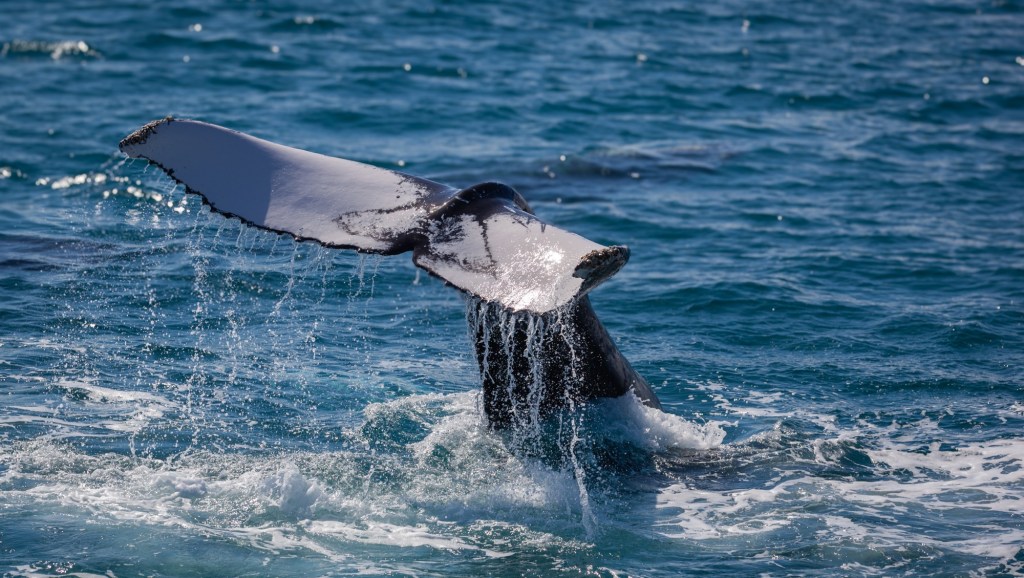
The arrival of the whales at Hervey Bay is celebrated each year and no doubt has been by the indigenous people of Australia for many thousands of years. Long may it continue.
For anyone wishing to book the same trip during the whale watching season we would highly recommend our hosts on their mid-sized custom-built ship Tasman Venture.
For keen photographers you’ll need more than a telephoto lens. The whales will approach right up to the boat and a wide-to-mid length zoom is required, unless you want to have close-up’s of the barnacles on the whale’s skin.



